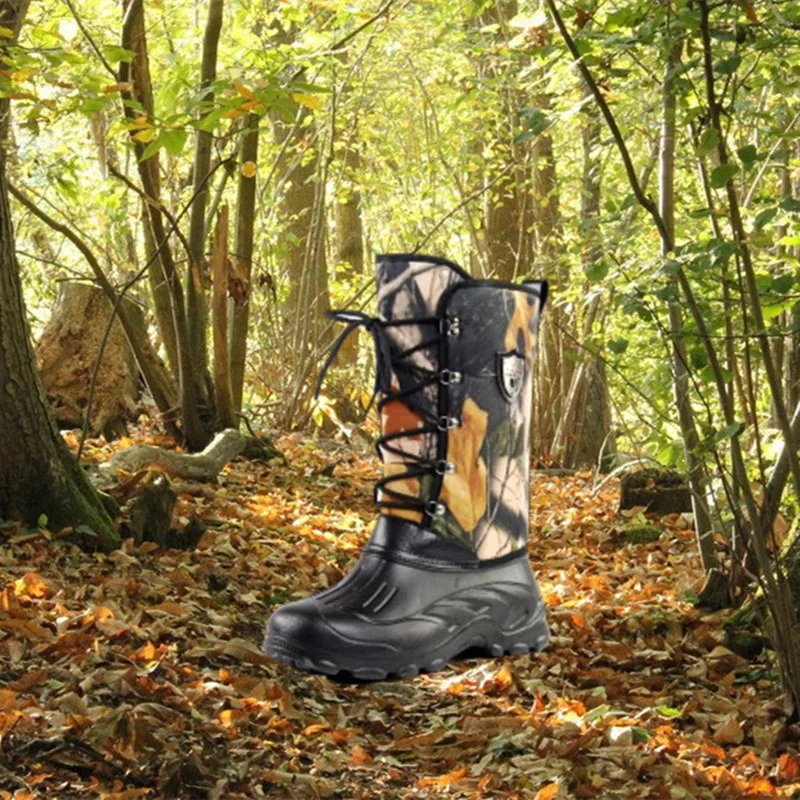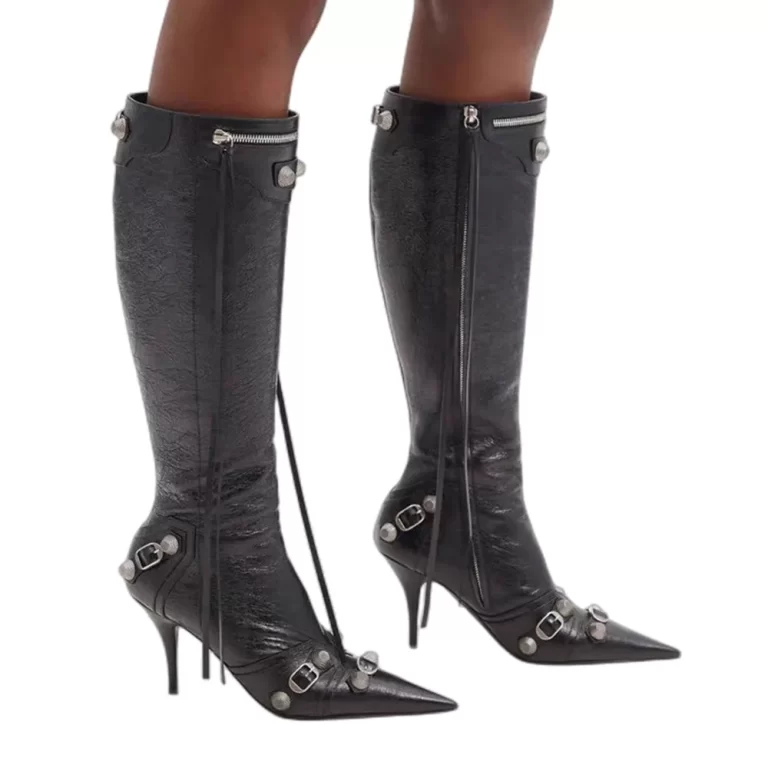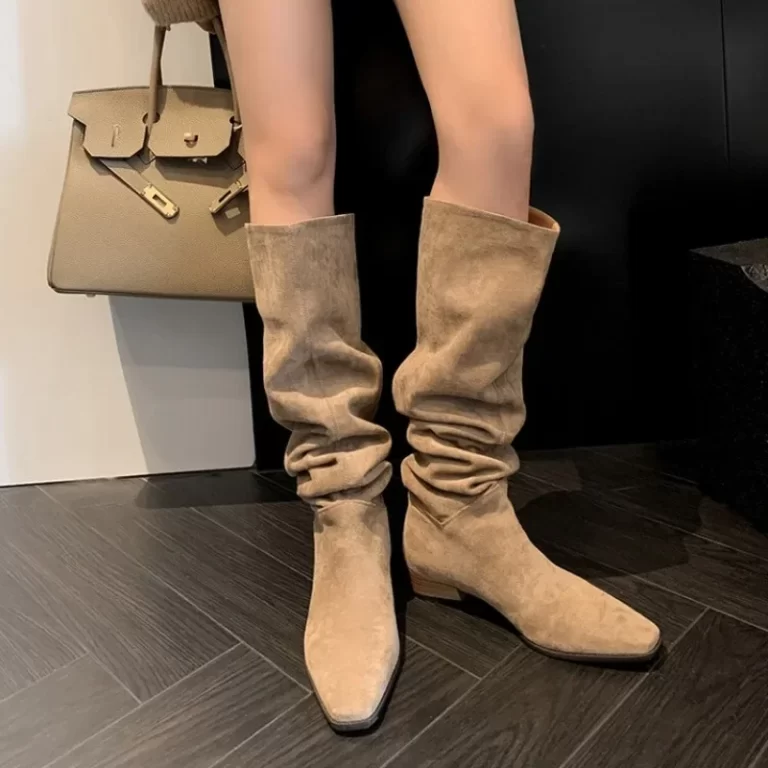Introduction
Knee high hunting boots are essential gear for any serious hunter. They offer protection, comfort, and stability in various terrains. In this guide, we will explore the features, benefits, and considerations to help you choose the best knee-high hunting boots for your adventures.
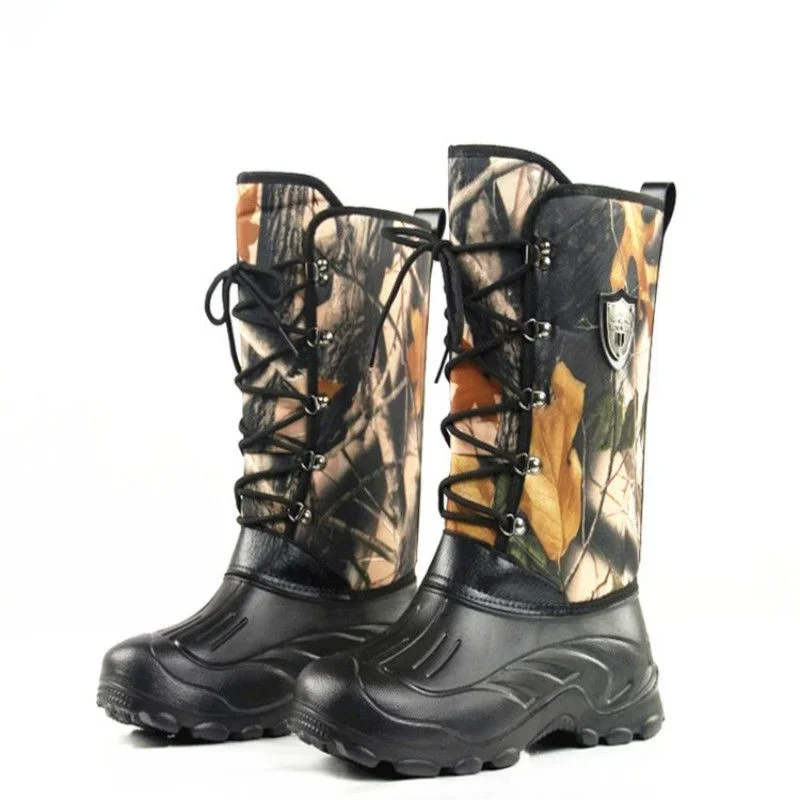
Why Choose Knee-High Hunting Boots?
Protection Against Elements
Knee-high hunting boots provide superior protection against the elements. When you’re out in the field, you face many environmental challenges. Wet conditions, mud, and rough terrain can make your hunt uncomfortable. These boots are designed to keep your feet dry and warm. The height of the boots shields your legs from water, snow, and debris. This protection is vital when you walk through thick brush or cross streams.
Additionally, knee-high boots can help prevent injuries. When you’re in the wilderness, sharp branches and thorny bushes can pose a risk. The taller design of these boots offers an extra layer of defense. This can help you avoid cuts and scrapes that could lead to infections. In a hunting scenario, staying healthy is crucial.
Comfort for Long Treks
Comfort is another key advantage of knee-high hunting boots. Hunters often spend hours on their feet. This can lead to fatigue and discomfort if you don’t have the right footwear. Many knee-high boots feature cushioned insoles and padded collars. These elements provide support and reduce strain on your feet and ankles.
The fit of the boot also contributes to comfort. A snug but not too tight fit allows for better movement. It prevents blisters and hot spots, which can ruin your hunting experience. Some boots even come with adjustable features to accommodate different calf sizes. This ensures a more personalized fit.
Key Features to Look For
Waterproof Materials
One of the most important features to consider is waterproofing. Look for boots made from high-quality materials that keep moisture out. Common waterproof materials include Gore-Tex and rubber. These materials are designed to repel water while allowing sweat to escape. This balance is essential for staying comfortable during long hunts.
Waterproof boots are particularly important during wet seasons. If you hunt in areas prone to rain or flooding, this feature is non-negotiable. Wet feet can lead to discomfort and even frostbite in cold conditions. Investing in a good pair of waterproof boots can make all the difference.
Insulation for Cold Weather
If you hunt in colder climates, insulation is crucial. Insulated knee-high hunting boots help keep your feet warm. Look for boots with varying levels of insulation, measured in grams. The more insulation, the warmer your feet will be. However, consider the balance between warmth and breathability.
Too much insulation can lead to overheating during active hunts. Conversely, insufficient insulation can leave you cold and uncomfortable. Find a boot that meets your specific needs based on the climate where you hunt.
Traction and Grip
Hunting often involves navigating challenging terrains. Therefore, the outsole of your boots is very important. A good tread pattern provides traction and grip. This feature helps you maintain stability on slippery or uneven surfaces. Look for boots with rubber outsoles that offer excellent traction.
Some boots even have specific tread patterns designed for hunting. These patterns can improve grip on various surfaces, including mud, snow, and rocks. A solid grip can prevent slips and falls, which is crucial for safety during your hunt.
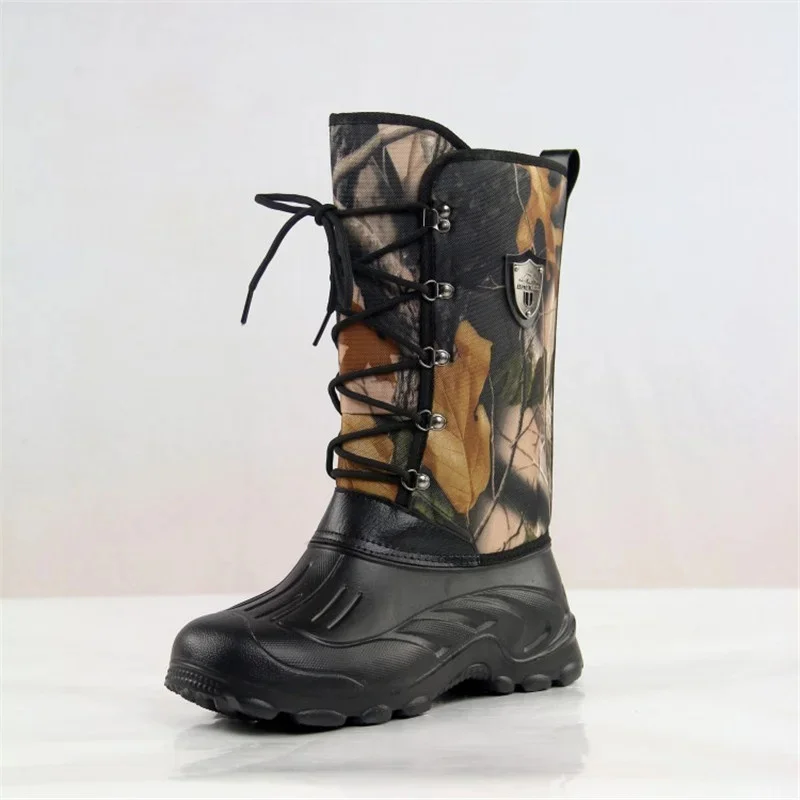
Styles of Knee-High Hunting Boots
Traditional Rubber Boots
Traditional rubber boots are a popular choice among hunters. They are durable and 100% waterproof. These boots excel in wet conditions, making them ideal for marshy areas or rainy hunts. The rubber material is easy to clean, allowing you to maintain them easily after a muddy day.
However, rubber boots can lack breathability. This feature may cause your feet to sweat, especially during warmer hunts. Many brands now offer rubber boots with breathable linings to address this issue. These designs aim to keep your feet dry and comfortable throughout your adventures.
Leather Hunting Boots
Leather knee-high hunting boots offer a blend of durability and style. They often provide better insulation than rubber boots. Leather is also more breathable, allowing sweat to escape. This feature is beneficial during longer hunts when you are active.
While leather boots can be more comfortable, they require more maintenance. Regular conditioning is necessary to keep the leather supple and waterproof. These boots are a great option if you prioritize both performance and aesthetics.
Choosing the Right Fit
Measuring Your Feet
Choosing the right fit is crucial for comfort and performance. Start by measuring your feet. Use a ruler or measuring tape to find your foot length. Write down the measurement in inches or centimeters. You should also measure the width of your foot, as this will help you find the best fit.
Consider measuring your feet later in the day. Feet tend to swell throughout the day, so this will give you a more accurate size. Once you have your measurements, compare them to the sizing chart provided by the boot manufacturer.
Trying on the Boots
Whenever possible, try on the boots before purchasing. Walk around in them to test their comfort. Make sure to wear the type of socks you plan to use while hunting. This will give you a more accurate idea of how the boots will fit in real-life situations.
Pay attention to any pressure points. The boots should feel snug but not too tight. Make sure there’s enough room for your toes to move. This ensures comfort during long hours of wear.
Caring for Your Knee-High Hunting Boots
Regular Cleaning
To extend the life of your knee-high hunting boots, regular cleaning is essential. After each use, remove any dirt, mud, or debris. Use a soft brush or cloth to wipe them down. For rubber boots, you can use warm, soapy water for a deeper clean.
Leather boots require special care. Use a damp cloth to remove dirt, then apply a leather cleaner. Follow up with a conditioner to keep the leather supple. This will help prevent cracks and extend the life of your boots.
Waterproofing Treatments
Over time, the waterproofing of your boots can wear off. Regularly apply a waterproofing treatment to maintain their effectiveness. For rubber boots, a silicone spray can help. For leather boots, look for specific waterproofing products designed for leather.
Always follow the manufacturer’s instructions when applying these treatments. This will ensure the best results and help maintain the boots’ performance.
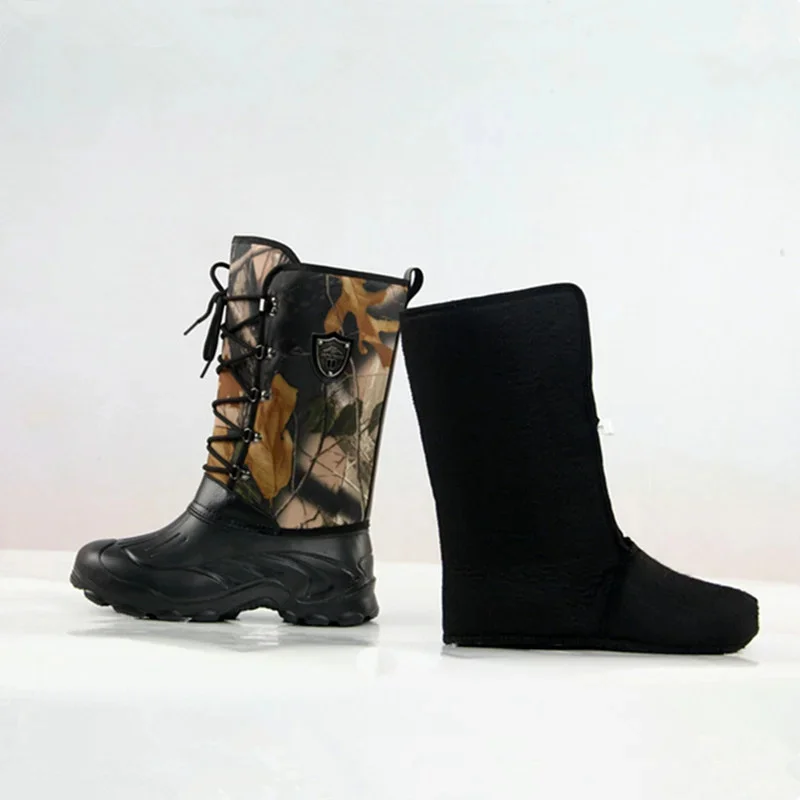
How to Choose the Right Knee-High Hunting Boots
Assess Your Hunting Environment
Before buying knee-high hunting boots, consider where you will be hunting. If you primarily hunt in marshy areas, waterproof boots are a must. For colder climates, look for insulated options. Knowing your environment helps narrow down the choices.
Boot Fit
The fit of your boots can significantly affect your hunting experience. A good fit is snug but not overly tight. You should be able to wiggle your toes without discomfort. Many brands offer different widths, so explore these options. Trying the boots on with the socks you plan to wear while hunting is also wise.
Purpose and Duration
Your hunting activities can also influence your choice. Longer hunts require more comfortable options. They should provide better cushioning and support. If you are more of a weekend warrior, a mid-range boot may suffice. Clearly defining your needs will help you make an educated decision.
Budget Considerations
Quality knee-high hunting boots can be a significant investment. However, they are essential for comfort and safety. Determine a budget that balances quality and affordability. Sometimes, spending a bit more gets you a better fit and longer-lasting boots. Consider potential future hunts when making your budget.
Caring for Your Knee-High Hunting Boots
Cleaning Your Boots
Cleaning your boots is crucial for maintaining performance. Mud and dirt can ruin the material over time. After each hunt, remove excess dirt with a soft brush. For leather boots, use a damp cloth. Ensure you don’t soak them. Let them air dry away from direct sunlight to avoid cracking.
Conditioning Leather Boots
If you own leather knee-high boots, consider applying conditioner regularly. Conditioning helps preserve the material and keep it supple. Use a product specifically designed for boot leather. Apply a small amount with a clean cloth and buff it gently. Regular conditioning prolongs the life of your boots.
Waterproofing Maintenance
Even waterproof boots need attention. Over time, the waterproofing can wear off. To maintain this feature, use a waterproofing spray designed for boots. Follow the manufacturer’s instructions for the best results. Some boots may also benefit from periodic re-treatment every season.
Store Properly
Finally, how you store your boots matters. Keep them in a cool, dry place away from direct heat. Avoid cramming them into tight spaces, which can distort their shape. Using boot trees or stuffing them with newspaper can help maintain their form while in storage. Good storage practices ensure your boots last longer.
Conclusion
Knee-high hunting boots are an invaluable part of your hunting gear. They provide essential protection, comfort, and stability. By understanding the features to look for and taking proper care of your boots, you can enhance your hunting experience. Whether you prefer rubber or leather, the right pair of knee-high boots will keep you ready for any adventure in the great outdoors. Investing in quality boots is not just a purchase; it’s an investment in your hunting success.
